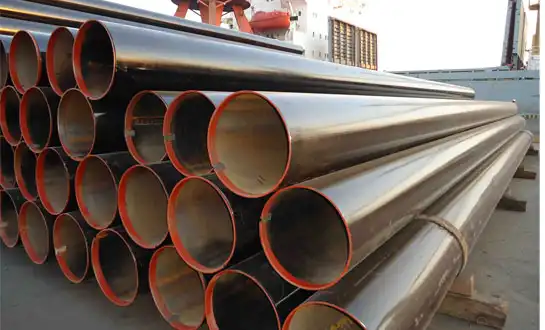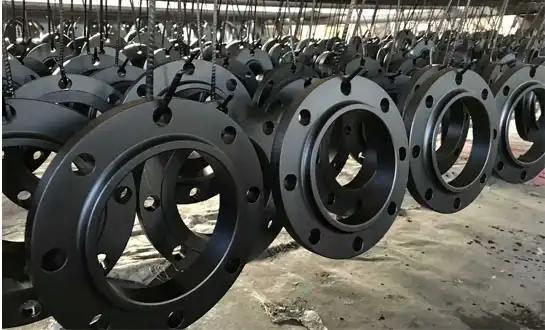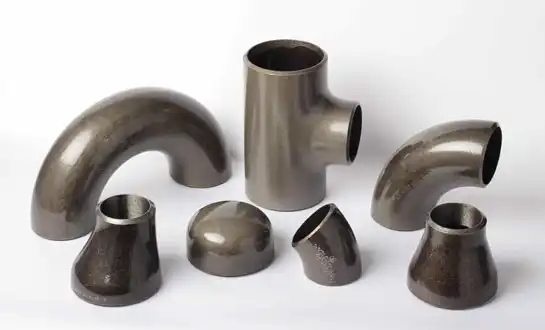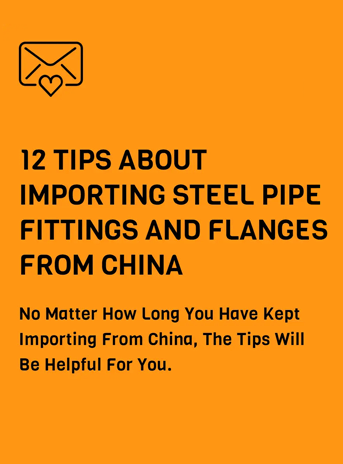Hydroforming vs Cold Forming in Steel Pipe Fittings Manufacturing
To make steel pipe fittings, you need to know a lot of complicated ways to shape raw materials so that they fit perfectly into industrial pipe systems. Hydroforming and cold forming are two of the most common ways to make high-quality steel pipe fittings for a wide range of uses. Each has its own set of benefits. Hydroforming utilizes pressurized hydraulic fluid to expand tubular blanks into complex geometries, while cold forming employs mechanical force at ambient temperatures to reshape metal without heat treatment. Knowing the technological differences, how materials behave, how accurate the dimensions are, how efficient the production is, and how much various manufacturing techniques cost can help you make smart purchasing selections. The mechanical properties, surface finish, physical complexity, and overall performance of steel pipe parts that are utilized in the construction, industrial, and business sectors are all influenced by hydroforming and cold forming. This piece talks about this subject in more depth.
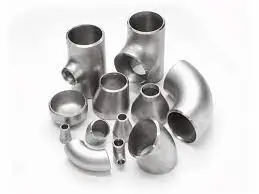
Technical Process Comparison and Material Behavior
Hydroforming Process Mechanics and Pressure Application
Hydroforming technology revolutionized steel pipe fittings manufacturing by introducing fluid pressure as the forming medium, creating uniform stress distribution throughout the forming process. High-pressure hydraulic fluid, typically ranging from 3,000 to 10,000 psi, is introduced internally while axial feeding pushes material into the die cavity. This combination lets steel pipe fittings make complicated geometries like elbows, tees, and reducers with very good dimensional consistency. The hydraulic pressure acts perpendicular to all internal surfaces simultaneously, ensuring uniform wall thickness distribution and eliminating thinning issues common in conventional operations. Advanced hydroforming systems include computer-controlled pressure profiles that change throughout the forming cycle. This makes sure that material flows smoothly and that there are no wrinkles or breaks. This level of control lets manufacturers make steel pipe fittings with tight tolerances, smooth interior surfaces, and repeatable mechanical qualities that fulfill strict industry standards for pressure-containing uses.
Cold Forming Mechanics and Work Hardening Effects
If you bend steel pipe parts at room temperature, you can change their shape through a process called cold forming. Roll making, pressing, and squeezing are all parts of this process. The process causes work hardening, which makes the material stronger and harder but less ductile. For steel pipe fittings, this work hardening effect improves yield strength and enhances pressure-containing capabilities without additional heat treatment operations. Cold forming operations typically employ progressive dies that incrementally shape materials through sequential stations, with each station performing specific bending, drawing, or compression operations. This phased method spreads the tension equally throughout the material, which prevents stress concentrations from happening in one area. Servo-driven presses with programmable motion profiles are now standard in cold forming equipment. This lets manufacturers of steel pipe fittings adjust the pace and force of forming very precisely, which improves dimensional accuracy.
Material Selection Considerations for Each Process
Material selection significantly impacts manufacturing feasibility for both hydroforming and cold forming processes used in steel pipe fittings production. Hydroforming demonstrates particular advantages with materials exhibiting high ductility and strain-hardening characteristics, as uniform pressure application accommodates greater material elongation without localized thinning. Austenitic stainless steels and low-carbon steel grades respond exceptionally well to hydroforming, achieving complex geometries with minimal springback and excellent surface finish. Cold forming proves most effective with materials possessing moderate strength levels and good formability characteristics, typically including carbon steels and low-alloy steels. Grain structure orientation resulting from each forming method influences final mechanical properties, with hydroforming producing more uniform grain flow patterns compared to directional grain alignment typical in cold-formed steel pipe fittings, affecting strength isotropy and fatigue resistance.
Dimensional Accuracy and Quality Characteristics
Geometric Precision and Tolerance Achievement
Dimensional accuracy represents a critical quality parameter distinguishing hydroforming from cold forming in steel pipe fittings manufacturing. When pressure is spread out evenly, like in hydroforming, the material fits tightly against the die sides, which improves geometric accuracy. This makes steel pipe fittings with constant wall thickness and precise dimensional tolerances. Typical tolerance capabilities for hydroformed steel pipe fittings range from ±0.5mm for standard applications to ±0.2mm for precision components. Cold forming operations achieve respectable dimensional accuracy through rigid tooling and precise press control, though multiple forming stages may introduce cumulative tolerance stack-up. Firms can see how materials will behave and make better dies with the help of advanced modeling tools. This makes it more likely that first-article tests for new steel pipe fitting shapes will work in both ways.
Surface Finish Quality and Internal Smoothness
Surface finish characteristics directly impact corrosion resistance and flow efficiency of steel pipe fittings, with notable differences between hydroforming and cold forming production methods. Hydroformed steel pipe fittings typically exhibit superior internal surface smoothness, as pressurized fluid expands material against die surfaces without dragging or scoring. Because the inside tube is smooth, there is less noise, less pressure loss, and less room for rust to start in process uses. Cold-formed steel pipe fittings may exhibit surface imperfections including tool marks or scratches depending on lubrication effectiveness and die wear conditions. Surface roughness measurements typically range from 1.6-3.2 Ra micrometers for hydroformed components compared to 3.2-6.3 Ra micrometers for cold-formed parts, though post-forming treatments can improve finish quality in both processes.
Weld Seam Integrity and Structural Uniformity
Weld seam considerations affect forming process selection for steel pipe fittings manufactured from welded tubular blanks. Hydroforming applies balanced internal pressure that loads weld seams in hoop tension, testing joint integrity during the forming process. The uniform expansion characteristics minimize stress concentration at weld locations, distributing strain evenly compared to localized bending forces in cold forming operations. Cold forming subjects weld seams to complex stress states including bending, compression, and shear depending on forming geometry. Strategic weld placement away from high-strain zones reduces failure risk. Quality control protocols for welded steel pipe fittings should include non-destructive examination of seam areas, with inspection criteria adjusted based on forming process severity.
Production Efficiency and Economic Considerations
Tooling Investment and Production Volume Economics
Capital investment requirements differ substantially between hydroforming and cold forming systems, influencing economic viability across various production volume scenarios for steel pipe fittings manufacturing. Hydroforming tools cost more up front because they use advanced high-pressure hydraulic systems and die sets that are very accurate. However, hydroforming dies typically exhibit longer service life due to reduced wear from the cushioning effect of pressurized fluid. Cold forming operations benefit from established manufacturing infrastructure and readily available press equipment, with lower tooling investment for simple geometries. Production volume significantly influences process economics, with hydroforming demonstrating cost advantages for medium to high production volumes where tooling investment amortizes across sufficient quantities for steel pipe fittings applications.
Cycle Time and Manufacturing Throughput
Production cycle time directly impacts manufacturing capacity and delivery schedules. Hydroforming cycles typically range from 30 to 90 seconds depending on component size and forming complexity. The single-operation nature consolidates multiple forming steps into one cycle, potentially offering throughput advantages over multi-stage cold forming operations. Cold forming cycle times vary widely based on geometry complexity and number of forming stations. Manufacturers must balance cycle time considerations against quality requirements for steel pipe fittings integrity.
Secondary Operations and Finishing Requirements
Post-forming operations significantly impact total manufacturing costs. Hydroformed components often emerge closer to final dimensions, requiring minimal machining beyond trimming end portions. The better surface quality may mean that grinding or polishing isn't needed for cold-formed options. Cold-formed steel pipe fittings frequently require additional sizing operations to correct springback deviations and more extensive surface finishing. Heat treatment requirements differ based on material work hardening extent, with heavily cold-formed steel pipe fittings potentially requiring stress-relief annealing.
Conclusion
Hydroforming and cold forming each offer distinct advantages in steel pipe fittings manufacturing, with selection depending on component geometry, production volume, quality requirements, and cost considerations. Hydroforming excels in dimensional accuracy and surface finish, while cold forming provides flexibility and lower tooling investment for steel pipe fittings applications.
FAQ
1. Which forming process produces stronger steel pipe fittings?
Steel pipe fittings that are strong enough for the business can be made in either way. Hydroforming makes the wall thickness more uniform and the characteristics more isotropic. Cold forming, on the other hand, adds work hardening that makes the yield strength higher for certain uses.
2. Can hydroforming handle high-strength materials better than cold forming?
Hydroforming demonstrates advantages with high-strength materials due to uniform pressure support preventing collapse during expansion. The procedure can handle materials that can break during cold forming, thus it's good for steel pipe fittings that need higher-quality materials.
3. What production volumes justify hydroforming investment?
Hydroforming becomes economically favorable at production volumes typically exceeding 5,000-10,000 pieces annually. The higher tooling investment amortizes across larger quantities, while superior quality improves per-piece economics for steel pipe fittings.
4. Do cold-formed fittings require more finishing operations?
Cold-formed steel pipe fittings generally require additional finishing operations including deburring and surface grinding compared to hydroformed alternatives. However, simple geometries may minimize finishing needs, making cold forming competitive for less demanding applications.
HEBEI RAYOUNG PIPELINE: Leading Steel Pipe Fittings Manufacturers Delivering Manufacturing Excellence
At HEBEI RAYOUNG PIPELINE TECHNOLOGY CO., LTD., we combine advanced forming technologies with rigorous quality control to deliver superior steel pipe fittings serving global infrastructure needs. For our business, we make a lot of pipes and parts. We use both hydroforming and cold forming to find the best way to make each product, making sure that our buttweld elbows, reducers, tees, and flanges fulfill strict standards. Our commitment to ISO 9001:2015 quality management, validated through GOST-R and SGS certifications, guarantees that every steel pipe fitting undergoes comprehensive inspection before shipment. We keep getting new production tools and quality control systems because we know that good infrastructure starts with strong materials. Contact our technical sales team today at info@hb-steel.com to discuss your steel pipe fittings requirements.
References
1. Altan, T., & Tekkaya, A. E. (2020). Sheet Metal Forming: Processes and Applications. Materials Park: ASM International Press.
2. Koç, M., & Altan, T. (2021). Hydroforming for Advanced Manufacturing. Cambridge: Woodhead Publishing Limited.
3. Lange, K. (2019). Handbook of Metal Forming. Dearborn: Society of Manufacturing Engineers.
4. Dieter, G. E. (2022). Mechanical Metallurgy: Principles of Cold Forming. New York: McGraw-Hill Education.
5. Hosford, W. F., & Caddell, R. M. (2021). Metal Forming: Mechanics and Metallurgy. Cambridge: Cambridge University Press.
6. American Society of Mechanical Engineers. (2023). Manufacturing Processes for Steel Pipe Fittings. New York: ASME Technical Publications.

Need a quote? Want to see samples? Just say hello. We’re friendly. We’re fast. And we’re ready when you are.
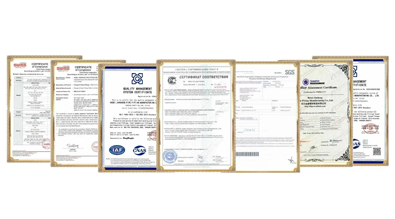
Welcome to RAYOUNG – Strong Pipes, Stronger Promise
